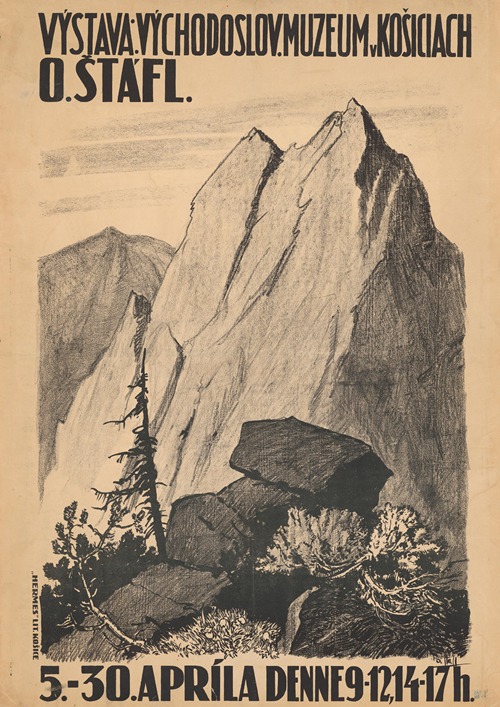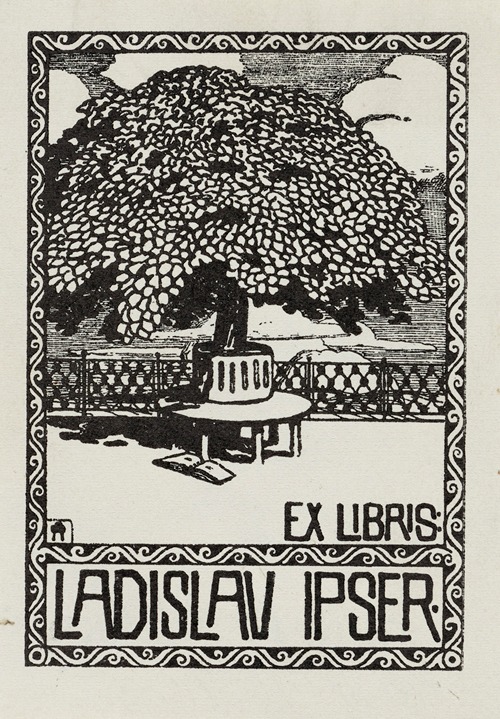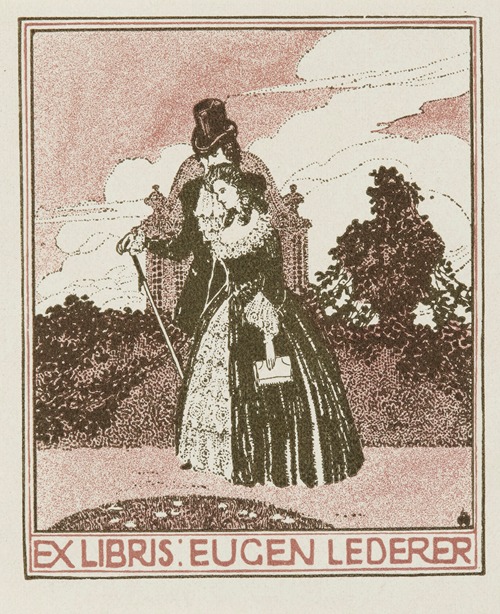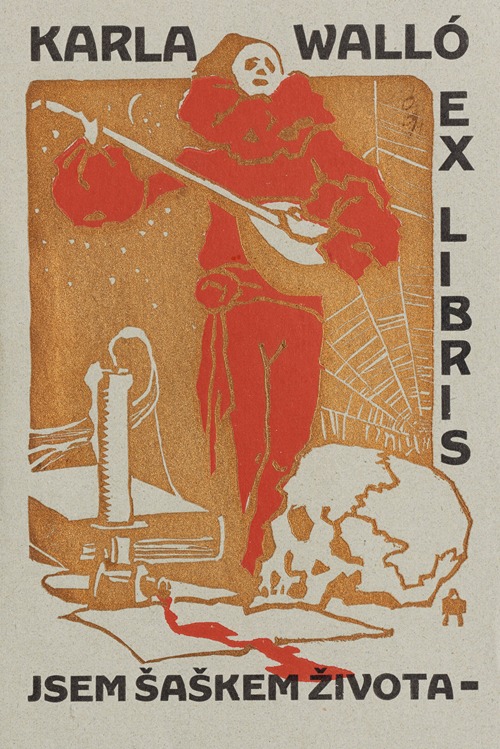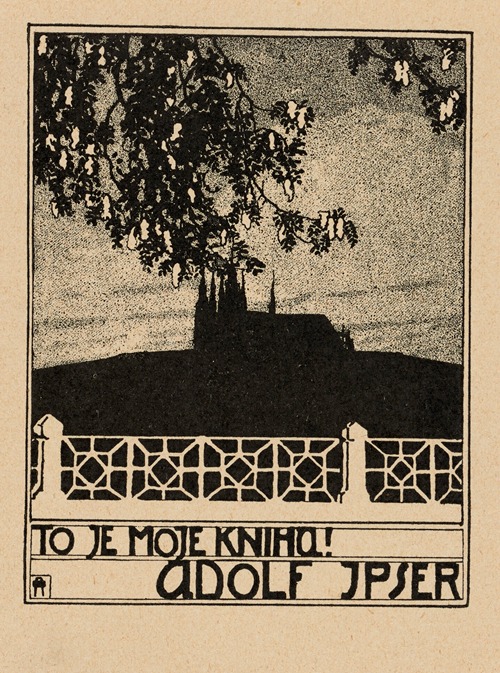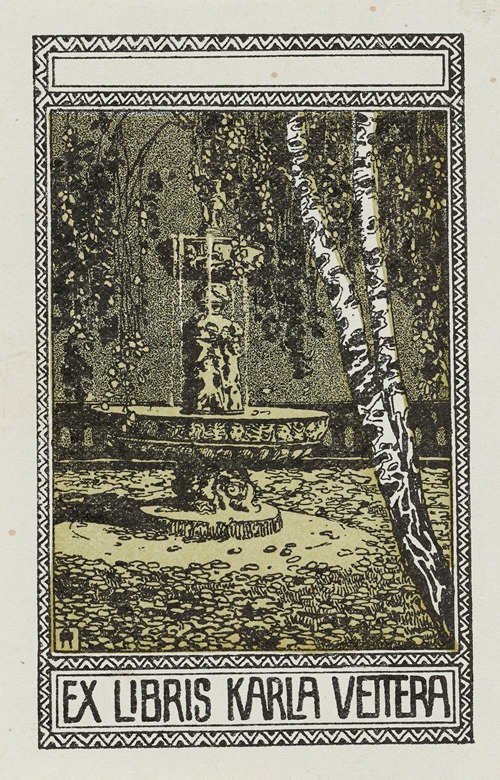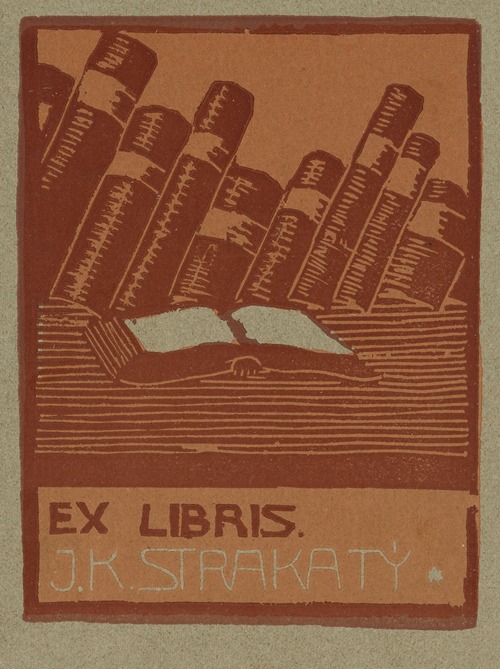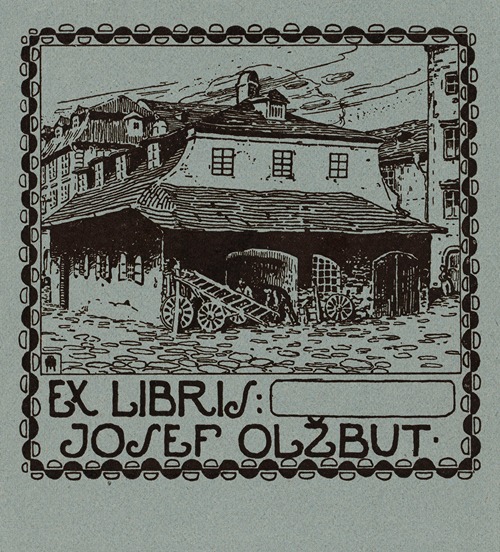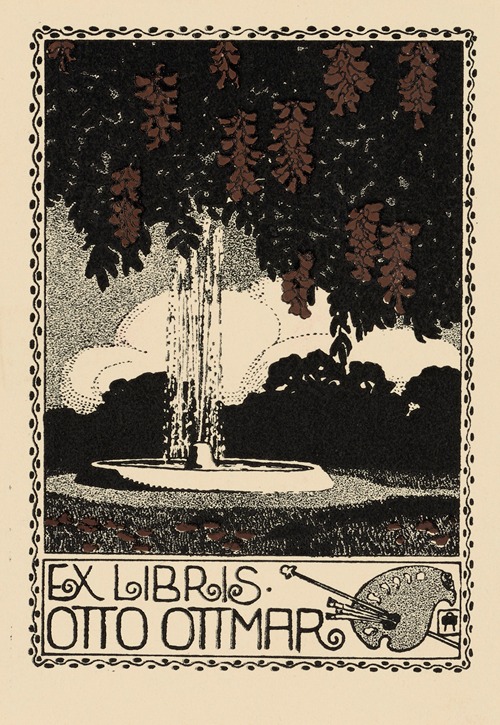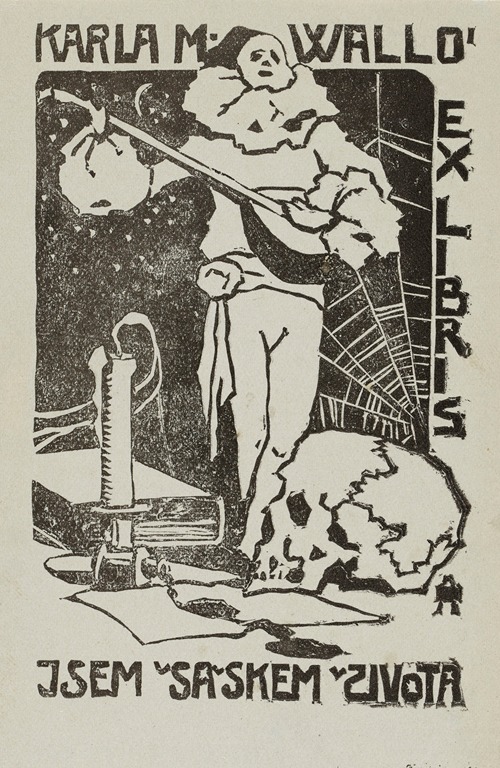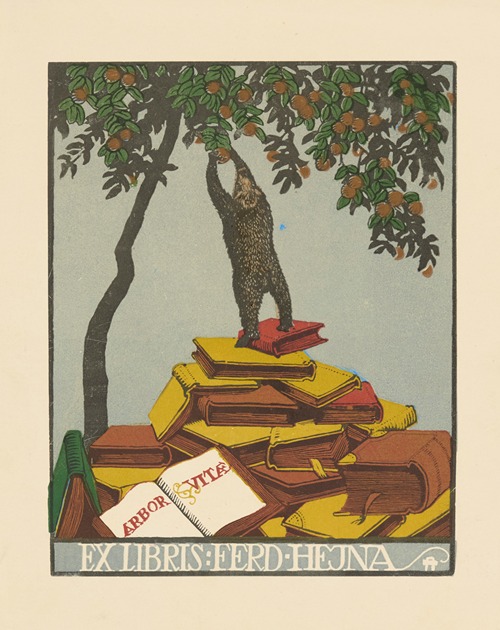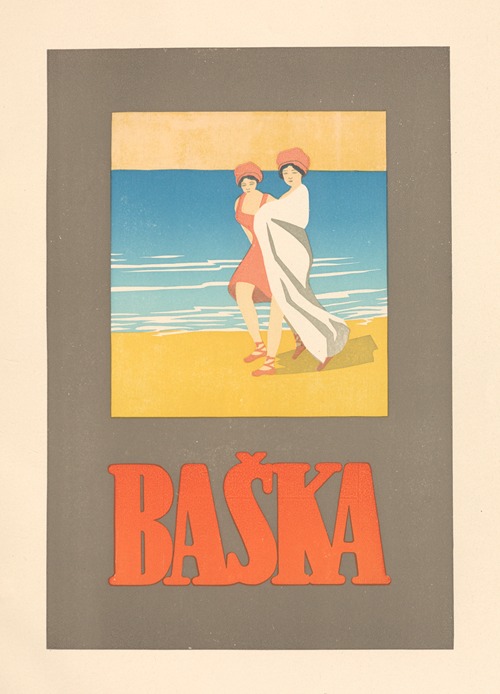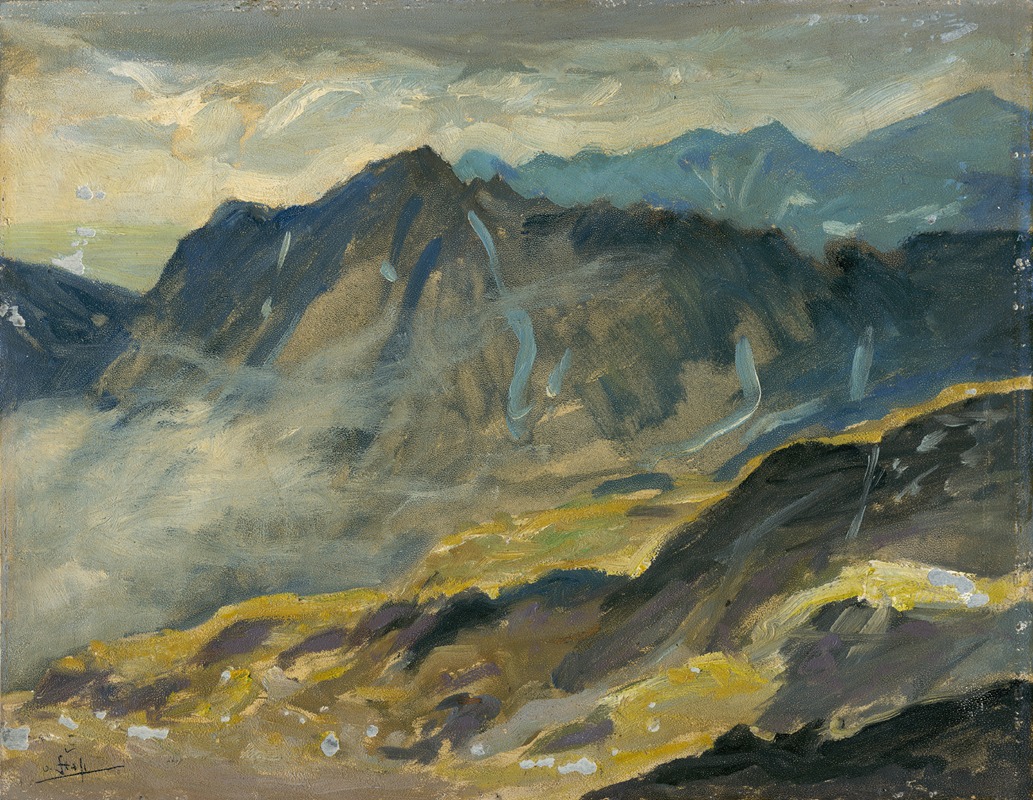
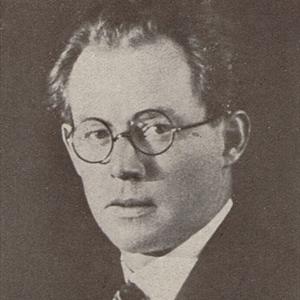
Otakar Štáfl was a Czech painter and illustrator.
He was born on 30 December 1884 in Německý Brod (now Havlíčkův Brod). His father, Josef Štáfl, was a local woodcarver, among other things he carved the famous Brod Hnat. From 1897 he studied at the local gymnasium, which he left in 1903 with the disapproval of his parents. He went to Prague to pursue his hobby - painting. He started drawing and painting in his youth. In Prague, he was admitted to the landscape school of Ferdinand Engelmüller. Already as a pupil he received his first fee for his watercolours exhibited in the Rudolfinum. Through his hard work he gradually gained respect and a name in the art world. He painted Prague's nooks and crannies and in 1907 exhibited them in Počátky. He documented Chrudim with his drawings for Professor Muška's book On Old Chrudim (1907). A large number of his pictures, mostly with architectural motifs, were published almost immediately in the magazines Czech World, Zlatá Praha and other art magazines of the time.
In 1910 he married Václava Brychtová, daughter of the director of the Politika publishing house. In this publishing house he gained employment as a graphic designer and designed posters. His book marks were very successful at the Ex libris exhibition in Vienna in 1913. His imagination and love of nature were most evident in his book illustrations, especially for children and young people. He illustrated dozens of books with drawings, woodcuts and watercolours.
During the First World War, he organised humanitarian actions in favour of orphans and war widows and was involved in the public life of his hometown. After the war, he was instrumental in the construction of the Karel Havlíček monument and the establishment of the Havlíček Museum. He divorced in 1917 and remarried in 1927 to Vlasta Košková, at that time a well-known writer of fairy tales and girls' novels.
From 1 April 1929 the Štáfls were tenants of a cottage near Popradské pleso in the Tatras. They initiated the creation of the Symbolic Cemetery at Popradské pleso under the western wall of Ostrva, where they have also had a memorial plaque since 1947.
He is most famous as a painter of the Tatra Mountains, where he spent a significant part of his life. He captured its beauty not only in countless watercolours but also in monumental oils. In 1928, a cycle of 120 watercolours from the High Tatras was published. Two paintings with motifs from the High Tatras were even issued on postage stamps.
Štáfl did not only paint the Tatras. He did not forget his native Highlands either. Among his favourites were the hills between Zbožice and Horní Krupa, but also in Havlíčkův Borová, Humpolec and Chotěboř. He painted there most of all in the last years of his life, during the Second World War.
On 14 February 1945, his studio in Vinohrady was hit by a bomb from Allied planes. The Štáfl family perished in the ruins of their house. Only a torso of their large art-historical library remained. Today it is stored in the museum in Havlíčkův Brod. In Brod, his hometown, a memorial to him was opened in 1957. It was placed in the defensive tower of the medieval fortification, which stands close to the place where Otakar Štáfl's native cottage used to stand. In this "Štáfl's Bastion" we can find six of the original eight sculptural paintings from the life of Karel Havlíček.
